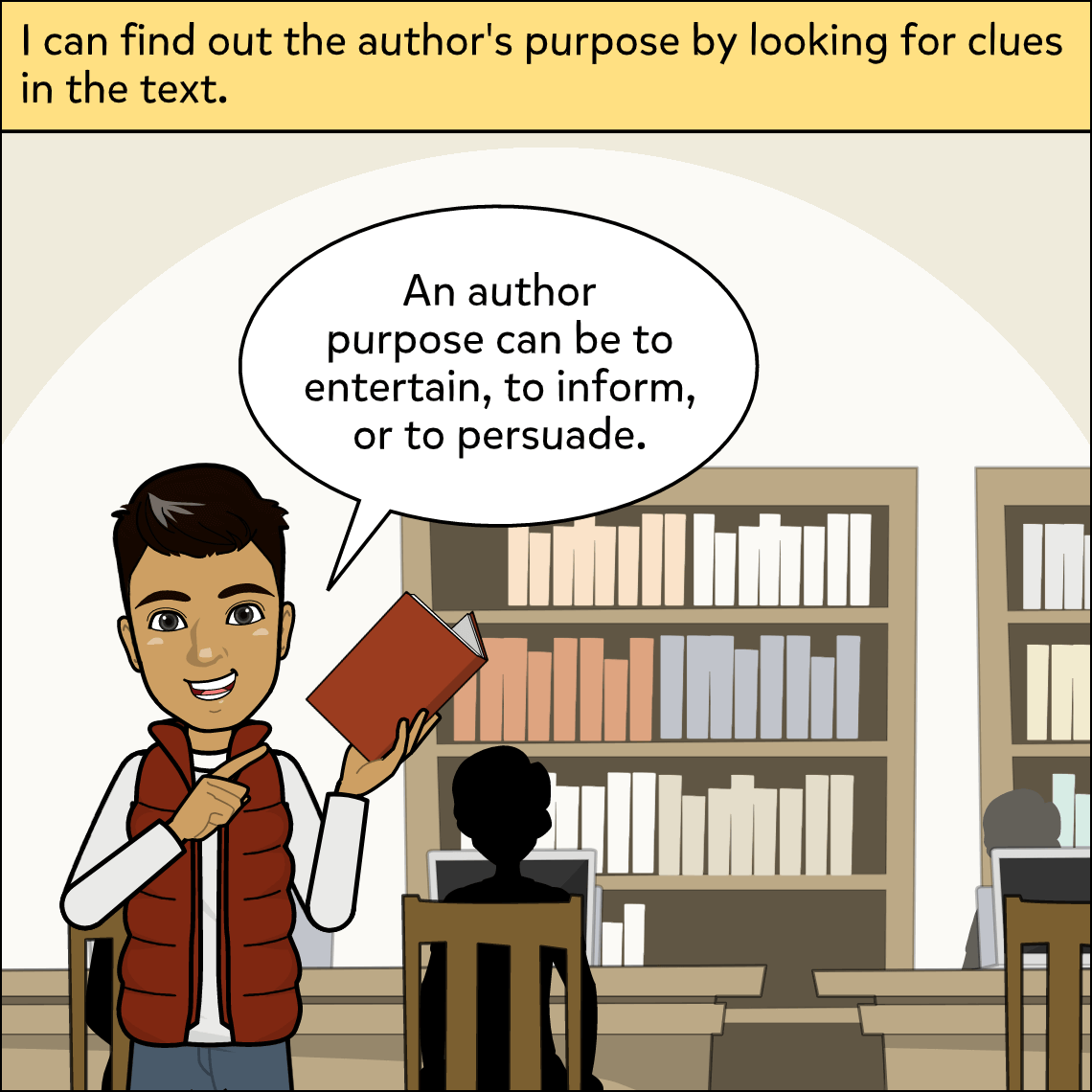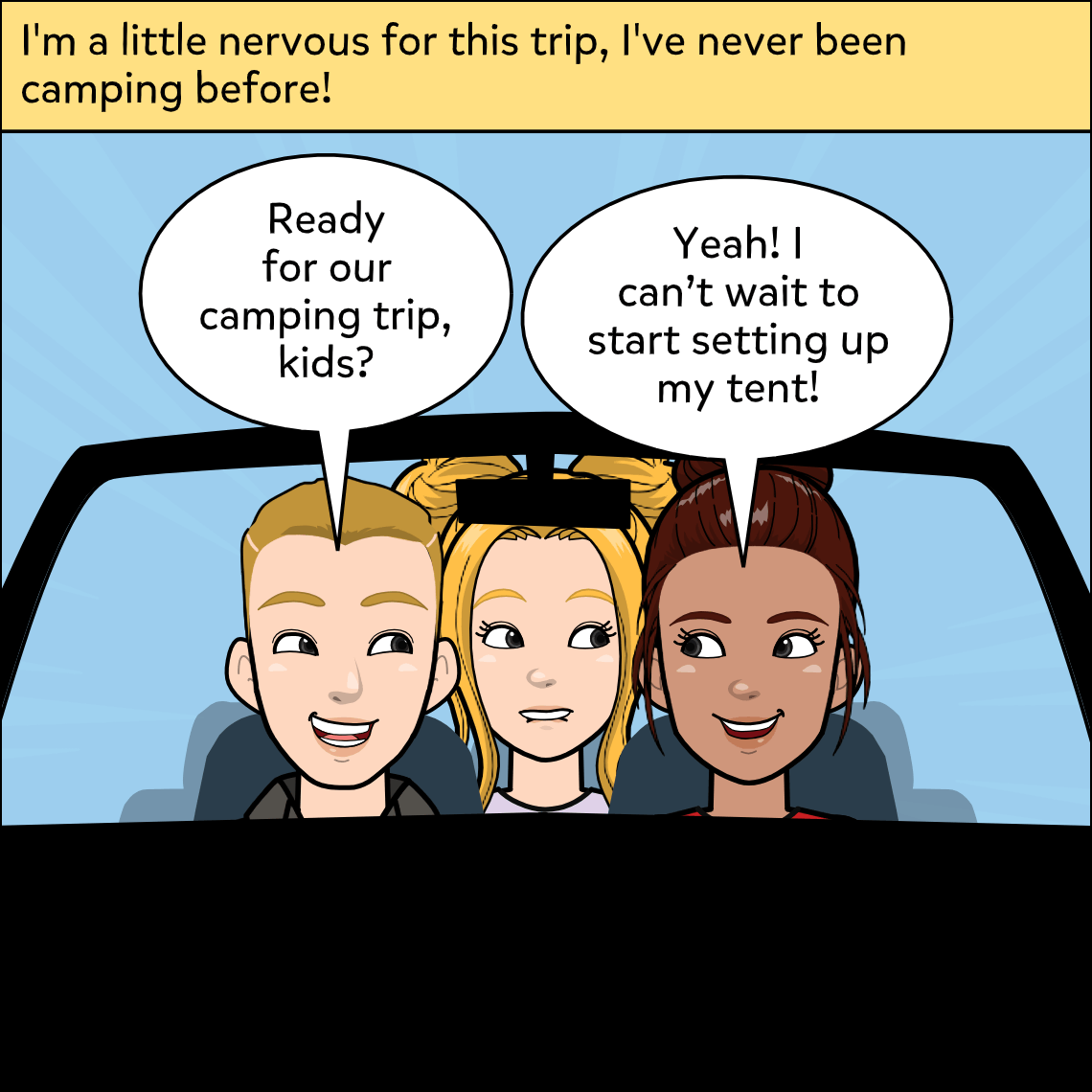Subject: ELA (English Language Arts)
Lesson Length: 1 - 2 hours
Topic: Analogies and Sequencing
Brief Description: Students will explore and understand the importance of sequencing in a story as well as how the inclusion of analogies helps paint a clear picture for readers in narrative writing.
Know Before You Start: Students should be familiar with analogies.
Hook:
- Ask students:
- "Imagine you are trying to describe the taste of a food that someone has never tried. How might you use analogies to help them understand the taste better?"
- “In everyday conversation, do you ever use analogies to explain something to a friend or family member? Share an example and explain why you chose to use that analogy."
- "Consider a time when you were confused by a concept or idea in a book or class. How could an analogy have been used to make that concept clearer to you?"
Activity:
- Have students review analogies by identifying and explaining the two things being compared from given examples using a T-Chart. Students should write the given analogy in the left column, as well as the explanation on the right.
- Examples:
- "Her smile was as bright as the sun.”
- "His courage was like a shield, protecting him from all fear."
- "The city was a jungle of concrete and steel."
- "The teacher's words were a ray of sunshine in the gloomy classroom."
- “The excitement in the crowd was like electricity in the air."
- Examples:
- Have students read a short section from a given text and identify any analogies they find. Discuss, as a class, the two things being compared, as well as how the comparisons help the reader better understand the text.
- Suggested Titles:
- The Lottery by Shirley Jackson
- The Tell-Tale Heart by Edgar Allen Poe
- The Necklace by Guy de Maupassant
- The Gift of the Magi by O. Henry
- The Most Dangerous Game by Richard Connell
- Suggested Titles:
- Have students reread the same narrative text and complete the 4 Circles Sequence Chart by identifying four specific instances where characters or ideas interact with each other. These interactions could be dialogue, conflicts, collaborations, or any significant connection between characters or ideas.
- In small groups or as a whole class, have students discuss and explain the significance of these interactions and developments by addressing the following questions:
- “How do these interactions impact the overall plot, character arcs, or the central theme of the narrative?
- How do they add depth and complexity to the text?
- In small groups or as a class, have students draw connections between the interactions and developments they've identified and the analogies discussed earlier in the lesson. Some questions to help facilitate the discussion are:
- Do the analogies help in understanding or emphasizing these interactions and developments?
- How do the analogies enhance the reader's comprehension of these elements?
- Using the sample comic as a guide, have students create a comic that includes analogies to paint a clear picture for readers.
Closure:
- Have students share their comics with the class or in small groups.
- Have students explain how their comic incorporates analogy as a narrative device.
- Emphasize that analogies in narrative writing serve as powerful tools to paint vivid mental pictures for readers, enhancing their understanding of complex interactions and character development within the text.
Differentiation:
- Allow students to use the speech-to-text feature.
- Allow students to work in pairs or groups as needed.
- Allow students to use the voiceover feature to read their comics aloud.
Resources:
- Comic to print or display: Comic.
- GALE (Open Access through Local Library)
- T-Chart
- 4 Circles Sequence Chart
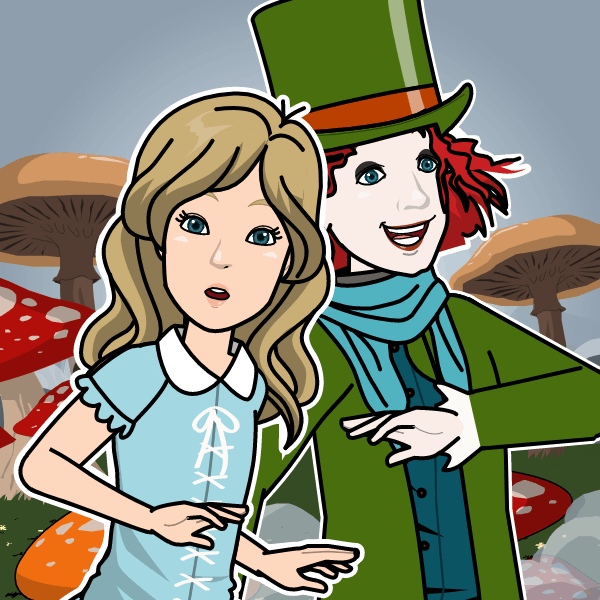 Alice's Adventures In Wonderland
Alice's Adventures In Wonderland
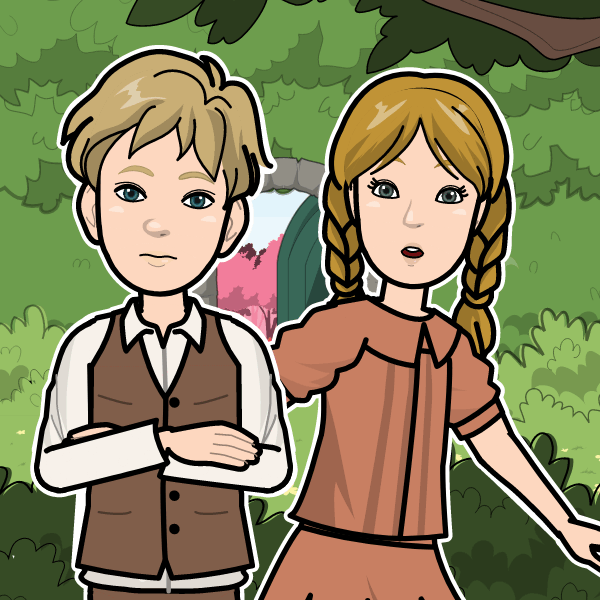 The Secret Garden
The Secret Garden
 A Tree Grows In Brooklyn
A Tree Grows In Brooklyn
 Macbeth
Macbeth
 The Chronicles Of Narnia
The Chronicles Of Narnia
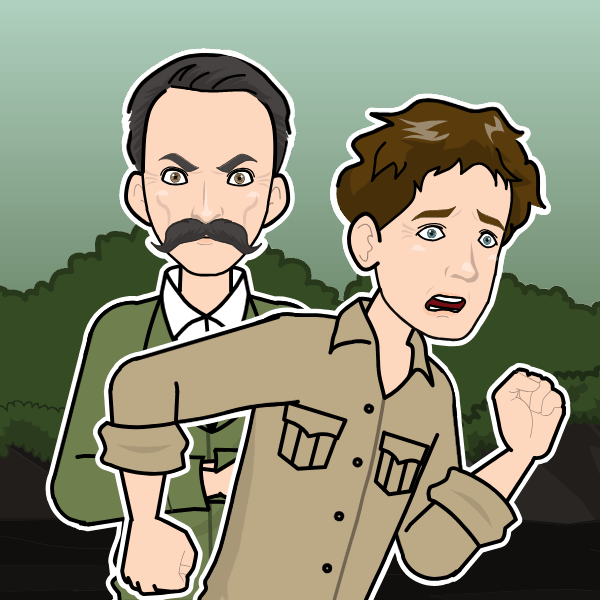 The Most Dangerous Game
The Most Dangerous Game
